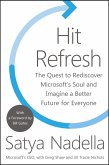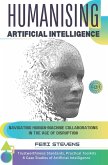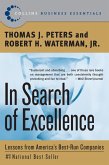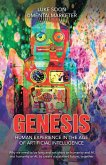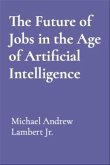Journey through the ancient roots of artificial intelligence, from Greek myths of Hephaestus forging mechanical servants to medieval Islamic automata like al-Jazari's programmable fountains. This chapter traces philosophical foundations in Aristotle's formal logic, Descartes' mind-body dualism, and Leibniz's calculus of reasoning. It culminates in Alan Turing's 1936 universal machine and his 1950 "Computing Machinery and Intelligence," introducing the Turing Test as a behavioral benchmark for machine thought. Explore how early debates on mechanized reasoning shaped modern AI, bridging myth, mathematics, and the dawn of computation. Perfect for readers curious about the deep historical currents that birthed the machine age.
2. The Birth of a Field (1950s1970s)
Relive the explosive optimism of AI's founding era, ignited by the 1956 Dartmouth Conference where John McCarthy coined "artificial intelligence." Meet pioneers Marvin Minsky, Claude Shannon, and Nathaniel Rochester as they envision machines simulating every facet of human learning. Discover symbolic AI breakthroughs: Newell and Simon's Logic Theorist proving theorems, General Problem Solver tackling diverse challenges, and Terry Winograd's SHRDLU mastering natural language in a virtual blocks world. Yet, as complexity outpaced capability, funding dried up, ushering in the first AI winter. This chapter captures the thrill of early triumphs and the sobering limits that tempered ambition, setting the stage for future resurgence.
3. Symbols, Rules, and the Expert Systems Era (1970s1980s)
Step into the pragmatic revival of AI through rule-based expert systems that brought intelligence into real-world organizations. Learn how "if-then" logic captured human expertise, powering Stanford's DENDRAL to identify organic molecules and MYCIN to diagnose infections with superhuman precision. Witness commercialization via Digital Equipment Corporation's XCON, saving millions in computer configuration. Yet, knowledge acquisition bottlenecks and brittleness in uncertain environments exposed fatal flaws, plunging AI into a second winter. This chapter reveals how expert systems proved AI's practical value while exposing the need for adaptive, learning-based paradigms, paving the way for machine learning's rise.
4. Military Uses, Dual-Use Dilemmas, and Geopolitics
Examine AI's transformative role in modern warfare, from intelligence analysis and logistics optimization to the specter of lethal autonomous weapon systems (LAWS). This chapter dissects how AI enhances surveillance, command decisions, and cyber operations while raising ethical alarms over delegating life-and-death choices to machines. Explore the U.S.-China AI arms race, export controls on critical chips, and stalled UN efforts to regulate "killer robots." Case studies highlight risks of escalation, accidental conflict, and eroded human accountability. Essential for understanding how military AI reshapes global power dynamics and the urgent need for transparent, binding international norms.
5. Futures: Scenarios, Governance Proposals, and Global Cooperation
Envision AI's unfolding destiny through two contrasting futures: one of diffused prosperity where automation liberates humanity for creativity, another of concentrated power deepening inequality and instability. This capstone chapter synthesizes governance strategiesinternational norms, treaties banning LAWS, interoperable safety standardsand actionable recommendations for policymakers, corporations, and civil society. From STEM education and robot taxes to universal basic income and multi-stakeholder transparency, it charts pathways to equitable outcomes. Ending with a clarion call for global cooperation amid U.S.-China rivalry, this forward-looking synthesis empowers readers to shape an AI future that serves all humanity.
Dieser Download kann aus rechtlichen Gründen nur mit Rechnungsadresse in A, B, CY, CZ, D, DK, EW, E, FIN, F, GR, H, IRL, I, LT, L, LR, M, NL, PL, P, R, S, SLO, SK ausgeliefert werden.



